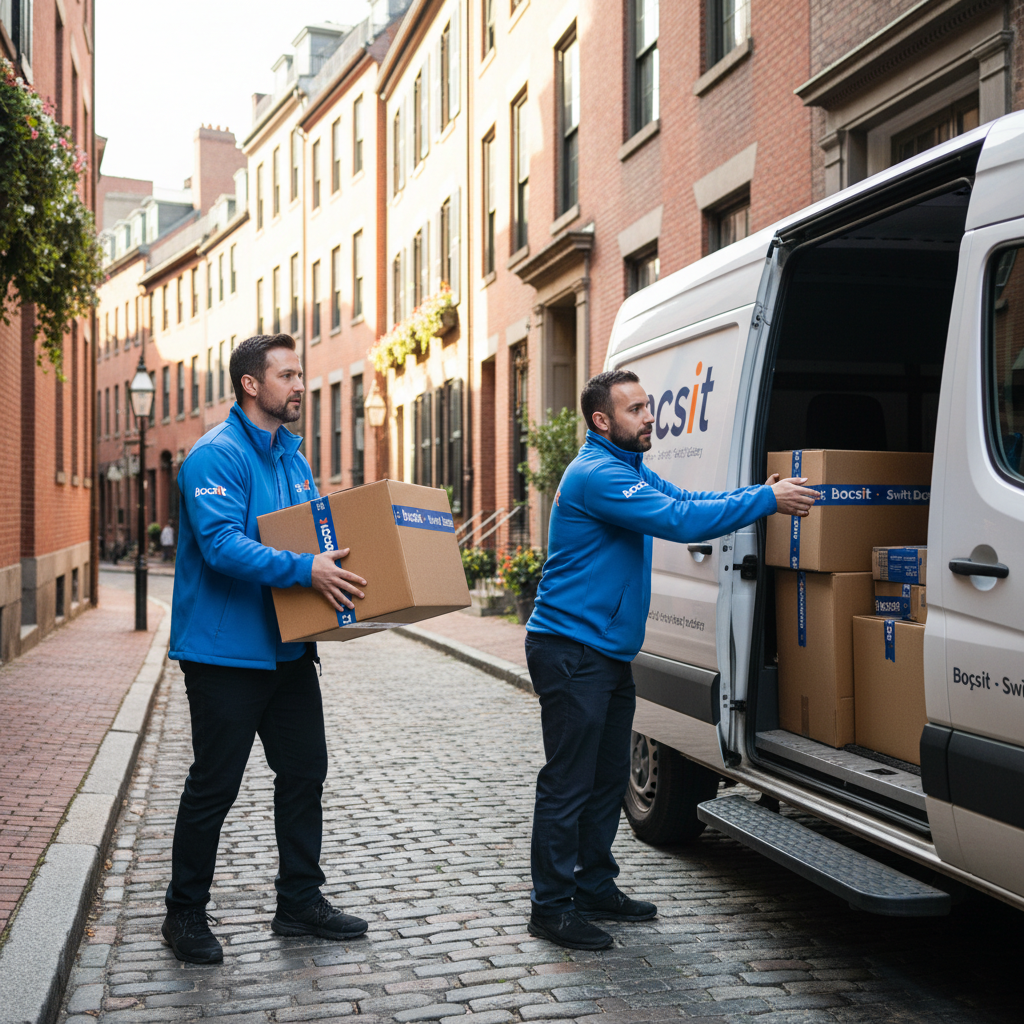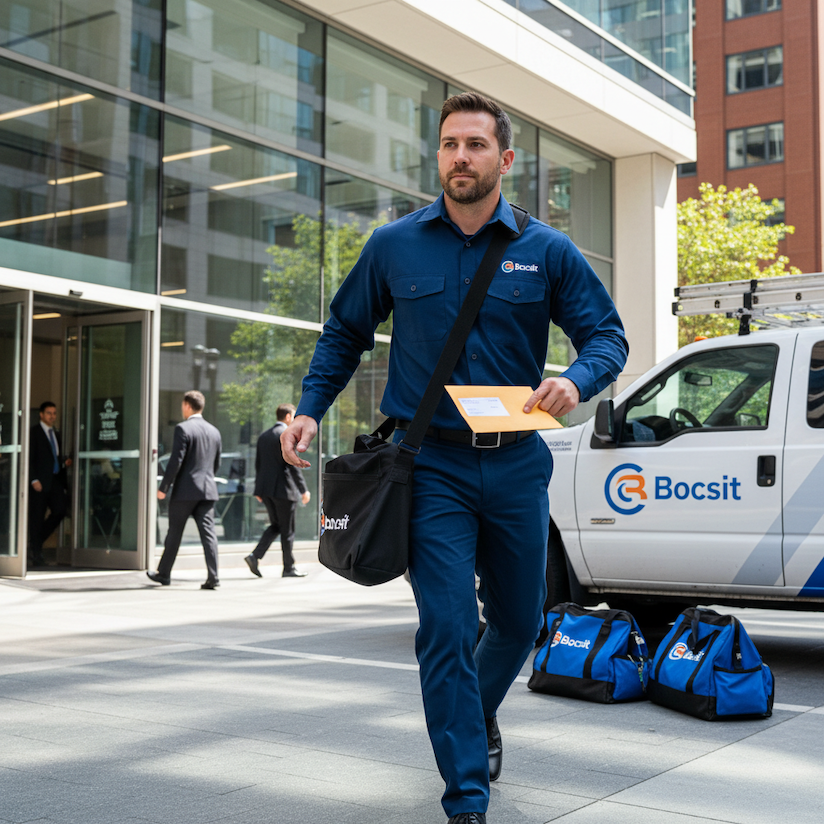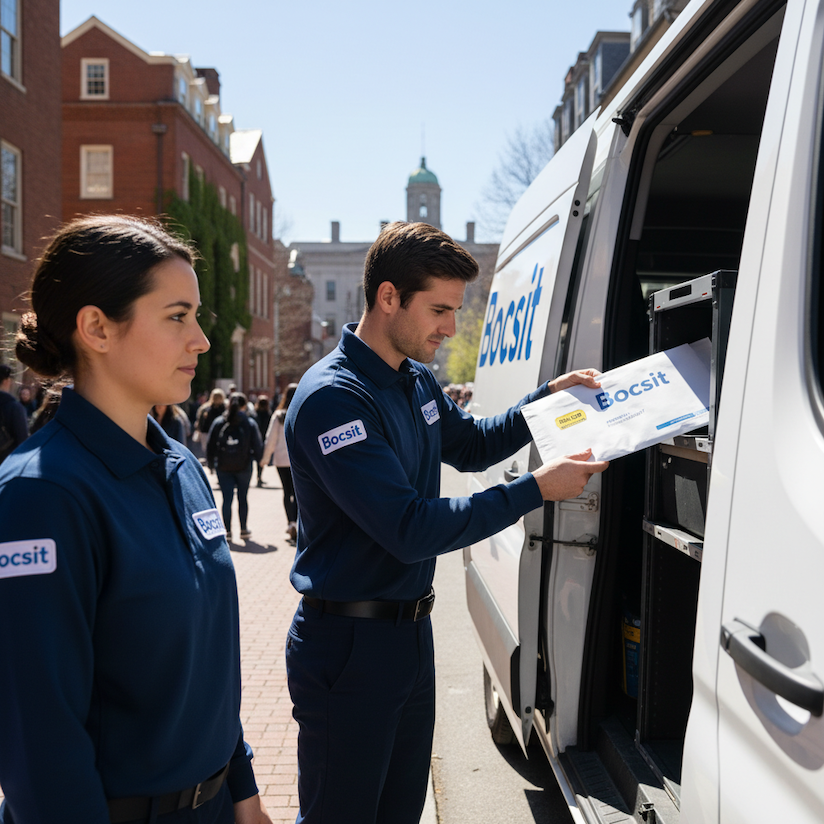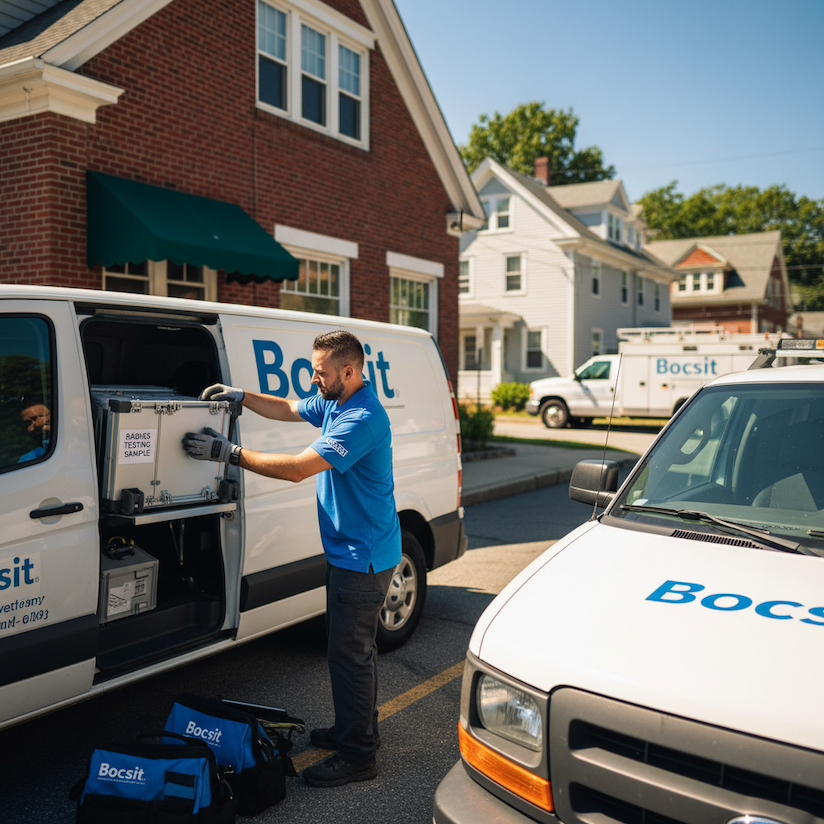Best Practices for Secure Delivery of Flash Drives and Hard Drives

In the digital era, the physical transfer of data via flash drives and hard drives remains a critical operation for many businesses and individuals. Despite the rise of cloud storage, these physical media are indispensable for their convenience, capacity, and reliability. However, the process of delivering these devices securely is fraught with risks, from data breaches to physical damage. This blog post delves into the nuances of precision handling and secure delivery of flash drives and hard drives, offering insights and strategies to protect your data every step of the way.
Crafting a Secure Transport Strategy:
- Assessment and Planning: Begin with a thorough assessment of the data's sensitivity and the potential risks associated with its transportation. This initial step informs the development of a tailored transport strategy that addresses specific security concerns.
- Data Encryption: Before transport, ensure all data on the flash or hard drive is encrypted. Encryption acts as a critical fail-safe, safeguarding the data in the event of loss or theft during delivery.
- Physical Protection: Invest in high-quality, durable cases for flash drives and hard drives. These cases should be shock-resistant, waterproof, and, if possible, tamper-evident, to provide physical security against environmental hazards and unauthorized access.
- Choosing the Right Delivery Service: Opt for courier services that specialize in the secure transport of sensitive items. These services should offer tracking, require signatures upon delivery, and provide insurance to mitigate risks.
- Documentation and Tracking: Maintain detailed records of the contents being shipped, the encryption standards used, and the chain of custody. Utilize tracking services to monitor the shipment’s progress and receive notifications upon delivery.
Post-Delivery Verification:
Upon arrival, the recipient should immediately verify the integrity of the flash or hard drive. This includes checking for any signs of tampering and confirming that the data remains encrypted and intact. A secure, prearranged method of communication can be used to confirm receipt and the successful decryption of the data.
Regular Training and Awareness:
Educating your team about the importance of secure data transportation is crucial. Regular training sessions can help familiarize staff with the protocols for encrypting data, selecting appropriate packaging, and choosing secure delivery options.
The secure delivery of flash drives and hard drives necessitates meticulous planning, robust encryption, and the selection of reliable delivery services. By adhering to the best practices outlined above, businesses and individuals can significantly reduce the risks associated with the physical transportation of sensitive data. In our digital world, the protection of physical media should be accorded the same level of rigor as cybersecurity measures, ensuring that your data remains confidential and secure from endpoint to endpoint.


















